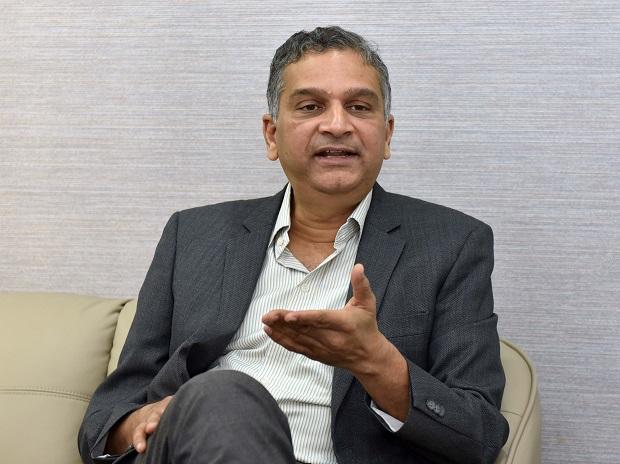With the second wave leading to a close down of services, in particular, progress will remain retarded
Topics
India GDP | Indian Economy
The GDP growth number for FY21 was going to be a point of interest for two reasons, even though it refers to the previous year and is not fresh news, as we are all talking of how Q1FY22 is likely to be affected by the second wave.
The first is that it settles the base on which any projection for FY22 is to be done. The second advance estimate spoke of a decline of eight per cent and any significant variation would get reflected in the forecast for FY22, which is the case now with degrowth of 7.3 per cent.
The second is the Q4 estimate, as it would indicate the recovery trajectory that was in place before the second wave enveloped the country. Growth of 1.6 per cent, hence does show that we were on the right path.
The sectoral performance in Q4 reveals that there was definitely a recovery in manufacturing, construction and finance, real estate etc. which would have boded well for FY22. However, with the second wave leading to a closedown of services in particular progress will remain retarded.
The agriculture sector has performed well this year with 3.6 per cent growth and hence increases expectations in FY22. The recent spread of virus to rural India can be a concern and hence needs to be monitored closely as the sowing and harvest activity can be disrupted on this score. A clearer picture will emerge from July onwards.
The two major engines of growth consumption and investment present a rather subdued picture. While capacity utilisation rates have shown some movement in the last two quarters the GFCF for the year has come down for the year which was on expected lines to 27.1 per cent from 28.8 per cent. The government has probably been able to lift the sentiment to an extent but until private investment picks up there would tend to be lower levels of growth in overall investment.
Growth in consumption has also fallen or the year while for Q4 there has been an increase of 2.7 per cent. The pent-up demand phenomenon has worked to an extent here where an uptick was witnessed in other macro indicators like GST collections and eway bills during this period. This could have augured well for FY22 in the absence of the second wave which has actually pushed back things quite sharply with restrictions put movement of goods and people.
In this context, a useful question to pose is whether all the measures taken under Atmanirbhar Bharat have managed to alleviate conditions during the year. On the monetary side there has been a sharp increase in flow of funds, though credit has not picked up, which is expected given the demand conditions. The plethora of policies that were brought in including PLI, would probably work only in the medium to long run and does not get reflected here. There were some measures during Diwali time when government employees were given some incentives to spend with advances as well as use of LTC. That may have worked at the periphery, but clearly is not sustainable under the present circumstances where households have spent a lot on health.
All this means that both consumption and investment will continue to be subdued this year as the lockdown has ensured that Q1 is a washout. It also pushes back the train which may have been on the path of faster growth in FY22. While it will definitely look impressive even at 8-9 per cent, the real sense of growth will be missing.
The writer is Chief Economist, CARE ratings and author of: Hits & Misses: The Indian Banking Story. Views expressed are personal. They do not reflect the views of Business Standard.
Dear Reader,
Business Standard has always strived hard to provide up-to-date information and commentary on developments that are of interest to you and have wider political and economic implications for the country and the world. Your encouragement and constant feedback on how to improve our offering have only made our resolve and commitment to these ideals stronger. Even during these difficult times arising out of Covid-19, we continue to remain committed to keeping you informed and updated with credible news, authoritative views and incisive commentary on topical issues of relevance.
We, however, have a request.
As we battle the economic impact of the pandemic, we need your support even more, so that we can continue to offer you more quality content. Our subscription model has seen an encouraging response from many of you, who have subscribed to our online content. More subscription to our online content can only help us achieve the goals of offering you even better and more relevant content. We believe in free, fair and credible journalism. Your support through more subscriptions can help us practise the journalism to which we are committed.
Support quality journalism and subscribe to Business Standard.
Digital Editor

Comments are closed